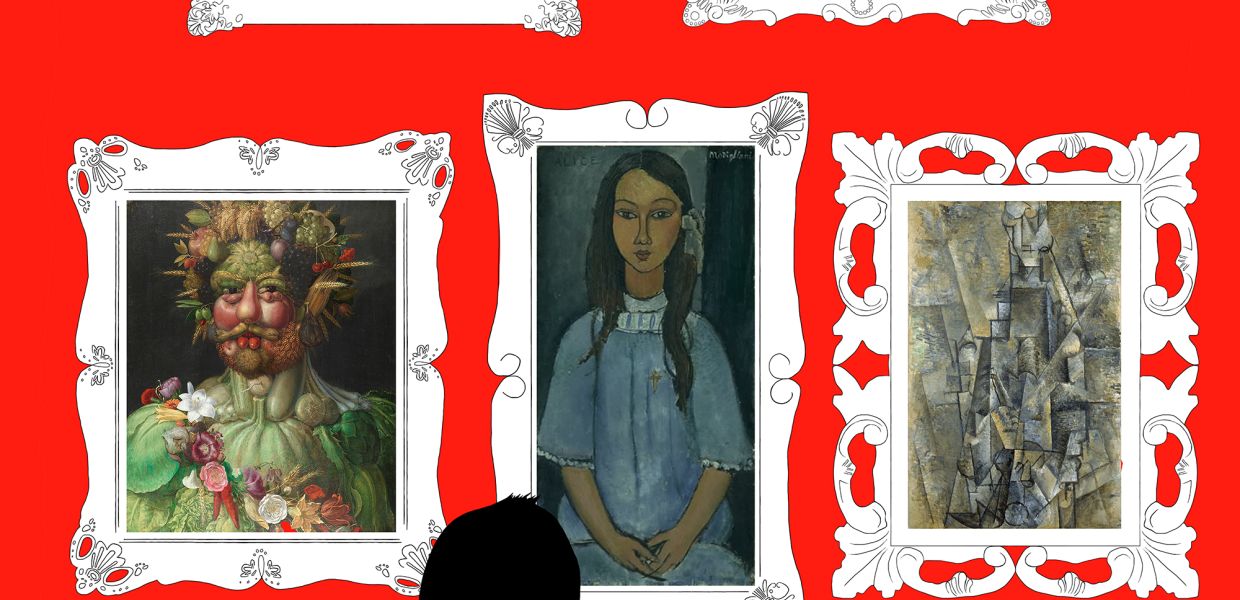Digital games as a learning tool: an interview with Art Stories FACES
Specialized in developing educational apps to introduce children to art, history and architecture, the Italian startup Art Stories was recently selected as one of the winners of the first Europeana Challenge of 2016. This competition was the first of a series of online challenges intended to promote the innovative re-use of Europeana content.

Art Stories’ winner project FACES is a game in which users undertake simple tasks in a virtual gallery. In this digital playground, children become art explorers and are encouraged to visit museums in the real world. Here, Federica Pascotto, co-founder of Art Stories, tells us about the creative process of developing a game for a young audience and how kids can learn through play.
Why did you apply for the Europeana Challenge?
We know about Europeana because of its interesting policy on open data, so we often check the site and browse it. This is how we learnt about the challenge. Art history and heritage are the core interest of our company, so we had to apply!
How did Europeana provide inspiration for your project?
It’s a huge archive, with no limits in terms of age, materials, techniques, subjects and provenance. Finding the common thread between all those artworks was a big challenge!
How did you choose the final paintings for the app from over 50 million items?
We almost got lost in the database, but then we narrowed the choice down to portraits and self-portraits. Then we chose contrasting artworks, trying to select artists with a different provenance and from different centuries, so as to offer a small but significant selection of European masterpieces.
Can you briefly describe the creative process that led to Art Stories FACES?
We have been working with our target audience well in mind. So we wondered what could be interesting and relevant for a primary school kid. We learn how to represent ourselves in school, either during art classes or in writing workshops. We thought we would try and show how many aspects of composition gather in paintings.
Did you use any particular design or UX elements for an app focused on a young audience?
The app combines a rich content with the rules of games: you cannot progress if you have not dealt with the current step, and you need to observe and react with a certain speed.
How do you think digital educational apps like FACES support traditional and broader learning in general?
We all know that children learn by doing and by playing, and we have so far observed that digital games are one more tool for accessing even complex topics. We have been testing our apps in formal contexts, such as schools, and in informal settings – such as the Alpitour mini clubs, with whom we have just set up a partnership. In both settings, kids use apps in a very spontaneous and free way, and can remember details, situations and themes much later on. We therefore strongly believe that apps can be a great support for learning!
How the app has been received so far? What are your future plans for the game’s development?
The app has been featured by Apple in the ‘Apps we love’ and in the ‘Education’ category right after its launch. It has been downloaded and played thousands of times, and we have even heard of a child commenting on a t-shirt saying ‘The colours remind me of Van Gogh’s paint strokes’! This shows how kids play, observe and learn!
We have some further developments in mind: we have conceived Art Stories FACES as the first room of a virtual museum where children train on visual arts. The point of the app is making children play with specific aspects of the arts, to encourage observation and to make them confident about watching and enjoying art! You can learn something different with each painting, which you can then apply while watching artworks in real life.
We started with portraits and we wish to progress with further content… maybe sculptures, or landscapes… we haven’t quite made our minds up yet! We are also considering the translation into French and Spanish.
Does this playful activity interest you? Teach the basics of visual arts to your children! Download the game on iTunes or Google Play.
